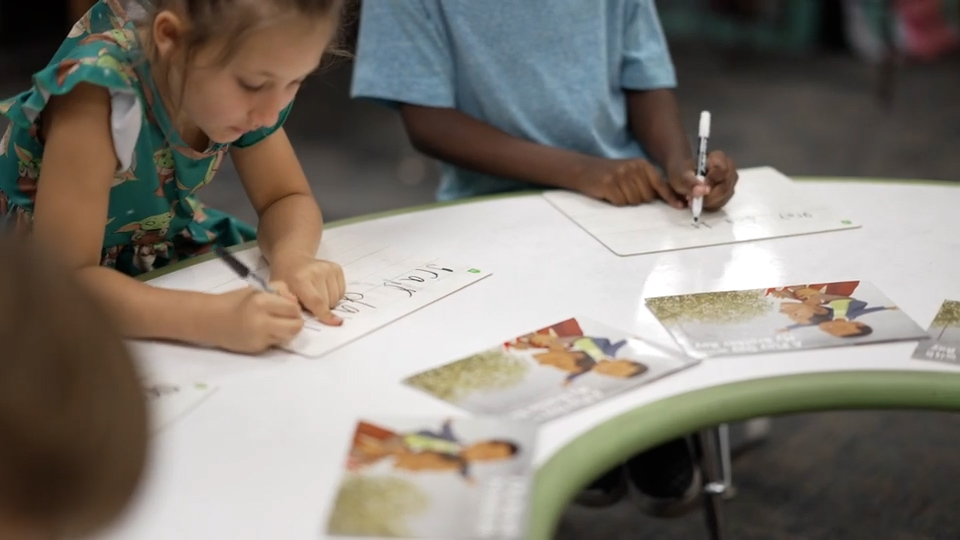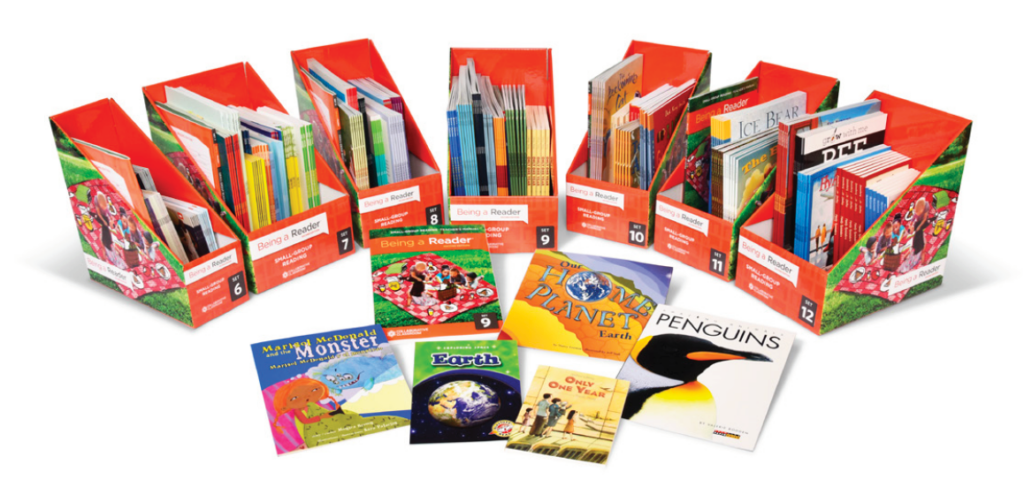Every educator aims to ensure their students are thriving, especially in reading—a vital skill that impacts all areas of learning. Yet, traditional approaches to Tier 1 literacy instruction can fall short of addressing the wide-ranging needs of students. So what are these Tier 1 misconceptions?
In a recent webinar titled “Dispelling Tier 1 Misconceptions: Why We Need Differentiated Literacy Instruction,” experts Dr. Stephanie Stollar, Linda Diamond, and Dr. Marisa Ramirez Stukey challenged conventional thinking and shared insights that can significantly enhance literacy teaching in schools.



We encourage you to watch the entire webinar recording, but here are five key takeaways from their enlightening discussion:
1. Constrained vs. Unconstrained Skills: A Crucial Distinction
A foundational takeaway from the webinar is the importance of understanding the difference between constrained and unconstrained skills, a concept illuminated by Diamond.
Constrained skills—such as phonics and decoding—are finite, meaning they can be mastered relatively quickly with effective, targeted instruction. Once mastered, students can apply these skills automatically, freeing cognitive capacity for more complex tasks.
In contrast, unconstrained skills, like language comprehension and vocabulary, continuously grow throughout a student’s life.
Diamond emphasized that differentiated small-group instruction makes mastering constrained skills like phonics possible early on, significantly accelerating students’ reading proficiency. As Diamond highlighted:
“The word recognition skills … are constrained skills … they can be mastered, if taught well, in a relatively short amount of time.”

2. MTSS is Flexible, Not a One-Size-Fits-All Model
Another significant insight discussed in the webinar is the flexible nature of the Multi-Tiered System of Supports (MTSS) framework. MTSS isn’t a rigid set of guidelines, but rather an adaptable approach tailored to specific contexts, resources, and student needs. Stollar pointed out:
“This model is really grounded in the fact that limited resources exist in every single school, and students have a wide range of needs …There’s not just one approach to building tiered systems of support.”
This flexibility allows schools and districts to adjust their instructional strategies and resource allocations to best meet their students’ unique needs.
3. Centering Student Needs in Instructional Decision-Making
The experts emphasized repeatedly that instructional decisions must always revolve around the specific needs of the students, not merely adherence to rigid instructional frameworks or convenience. Ramirez Stukey encapsulated this beautifully:
“It’s really easy to make decisions based on convenience … or what’s comfortable or familiar. But … we can’t be asking students to fit into a rigid system. We need to be building the systems that our students need.”
When students’ individual needs dictate instructional strategies, literacy instruction becomes more impactful and equitable.
4. Differentiated Instruction Accelerates Learning by Starting at the Right Level
A common misconception is that differentiation is something teachers do only after delivering whole-group instruction to all students. However, the webinar revealed how differentiation in Tier 1 can accelerate literacy development.
By immediately grouping students based on their current skill level for word recognition, schools can precisely target instruction, accelerating mastery rather than merely providing general exposure. Diamond explained:
“By immediately identifying where kids need to start, we actually will get them to grade level much sooner.”
This “just-right” instructional strategy moves students forward faster, particularly those who might otherwise fall behind in a purely whole-group setting.
5. Practical Approaches to Differentiation: It Takes a Village
The webinar provided practical examples demonstrating how effective differentiated literacy instruction requires collaboration and creative resource allocation. For instance, schools utilizing an “all hands on deck” approach—where teachers, paraprofessionals, principals, and even trained parent volunteers deliver small-group instruction—have significantly improved student outcomes.
Stollar shared an example from a particular school highlighting that all adults involved received consistent training and utilized aligned instructional resources and progress monitoring tools. This unified approach allowed students to receive intensive, skill-based instruction in small groups, maximizing their chances for success.
“These are flexible groups. They are skill-based, and they are all receiving instruction from an adult. Nobody is working independently or reading silently while small-group instruction is happening.”
Conclusion: Reimagine Tier 1 for Better Literacy Outcomes for All Readers
The webinar ultimately underscored the urgency of rethinking traditional Tier 1 literacy instruction through differentiation. By clearly distinguishing constrained from unconstrained skills, embracing flexibility in Tier 1, centering foundational skills instruction around students’ needs, and employing creative resource allocation, schools can significantly accelerate students’ reading achievement.
These insights can guide educators and administrators as they refine literacy instruction strategies in their own schools.
For a deeper dive into these ideas, examples, and expert discussions, we encourage you to watch the full “Dispelling Tier 1 Misconceptions” webinar.
Get Small-Group Reading Sets
A component of Being a Reader™, this supplemental program can be integrated into any core reading program.

Related Reading:
- Four Common Misconceptions About the Science of Reading
- Foundational Skills Instruction: Whole Group? Small Group? What’s Best?
- How Nystrom Elementary Implements the Walk to Read Model
- Understanding Assessment: Are We Testing Wisely?
- From Guided Reading to a Structured-Literacy Approach
Related Resources:
- Visit Dr. Stephanie Stollar’s website, Reading Science Academy
- See small-group reading in action. Watch recordings of Small-Group Reading Sets being used in a real classroom setting.
